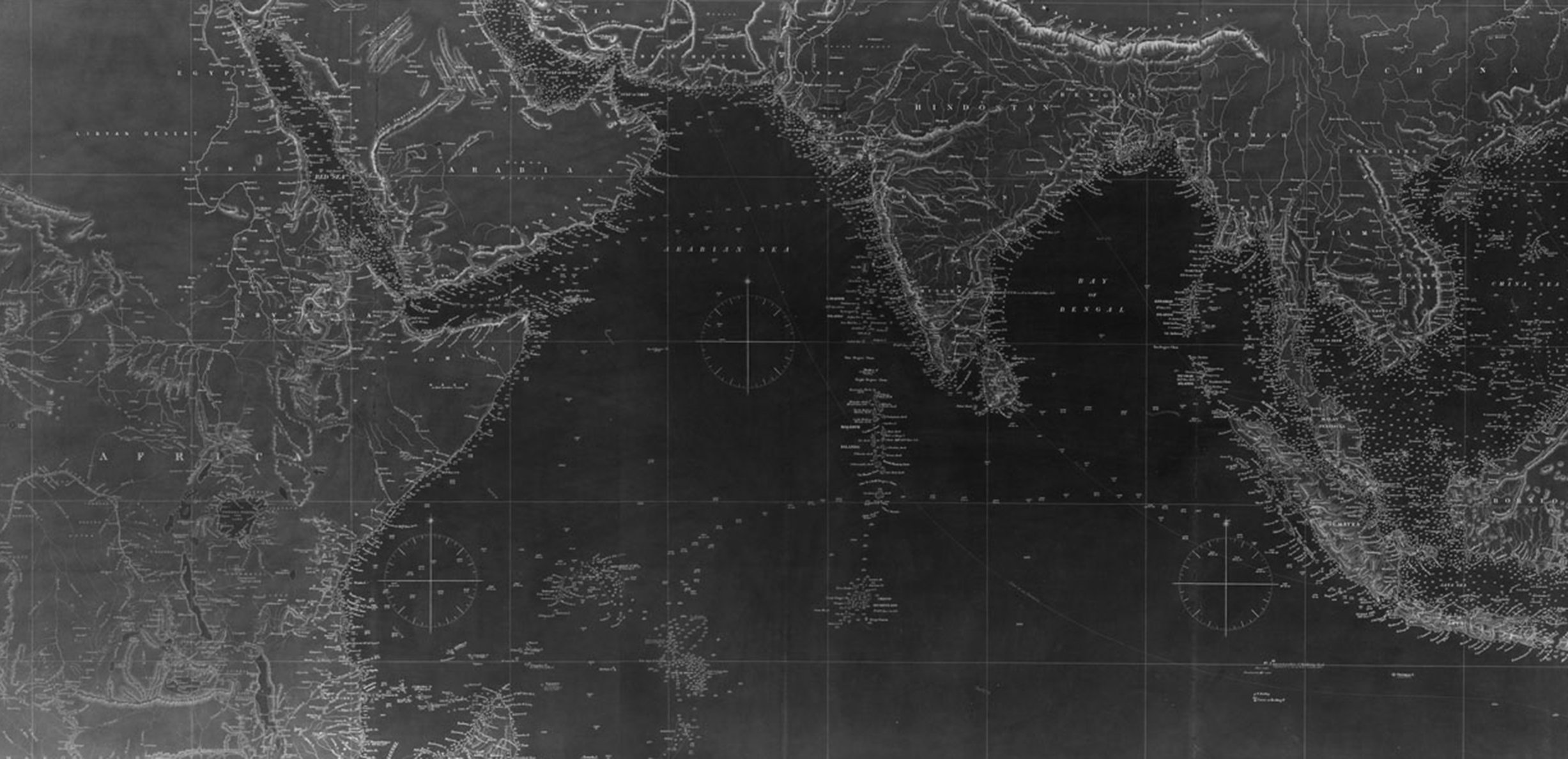
7. A Global Public Square to Promote Human Rights
What ideas and technologies connected human rights activists in the Atlantic and Indian Ocean worlds?
Students might discuss international human rights networks that campaigned against slavery and colonial abuses within the framework of the following questions:
What technological, cultural and intellectual, political and economic developments spurred the rise of a global public square to promote human rights in the 19th century?
What connections between slavery and colonialism did transoceanic, interracial abolitionists make? How did they work questions of race and gender into their arguments?
What tools did they use to disseminate their ideas?
Scroll down for sample primary sources on some of these topics.
Sample Source for Global Public Square to Promote Human Rights
Read Source 7, an excerpt of a review of William Adam, The Law and Custom of Slavery in British India: In a Series of Letters to Thomas Fowell Buxton, Esq., (London: Smith, Elder, 1840), published in the American abolitionist newspaper, The Liberator, August 7, 1840.
What does this source tell us about transnational human rights networks and the connections these activists made among slavery, colonialism, and free produce movement in North America and India? For context, read Chapter 2 of Sojourners, Sultans, and Slaves.
“It has long been known that slavery existed is British India, but the subject has been kept studiously in the dark by most of those who were best qualified to give information upon the matter, and the real state of the case has been very imperfectly known.
A long residence in India and a zealous study of all its interests, institutions and affairs has enables Professor Adam to give, in a condensed form, a far more complete view of this subject than has ever you appeared, and must put an end, hereafter, to all those self-congratulations, not uncommon in English publications, that whatever other abuses may exist under the English government, slavery , the greatest and worst of social abuses, has been finally abolished.
It appears from Mr. Adam's book, that the institution of slavery , which existed under the old Hindu laws, and which was abolished, so far as its legal existence was concerned, by the Mohammedan conquerors has been
re-established in legal form by the decisions of the supreme courts of Justice established by the English conquerors, …
The reader of this book may make many curious comparisons between slavery as it exists in this country and slavery as it exists in India. It is perfectly evident that …nothing is needed [to abolish slavery] but a disposition of the part of those to whom the India administration in entrusted…Yet the very same objections which are urged and repeated here against meddling with the subject of slavery, are relied upon there, and are brought forward with the same gravity against doing any thing for the relief of the oppressed,— a circumstance which may serve to show that in both countries it is rather the will than the power, that is wanting….
In our last number we alluded to this work. We have since received a copy; …The author, we are glad to observe [ ] delivered a powerful address on the subject of slavery in India, before the anti-slavery Convention, [in London, in 1840]. We rejoice at this, because …India is now, as we conceive, the land of promise to England. We hope, by encouraging the growth of cotton there, to break down the accursed slave system of America. From her one hundred millions of subjects, we hope ere long, to have that demand for British manufactures, which reciprocated commercial intercourse must inevitably produce.
As matters now stand, slavery in India would form [an] obstacle [to free produce movements]; let us, therefore, take care, by timely exerting our influence for its abolition….
Source 7
Excerpts of a review of William Adam, The Law and Custom of Slavery in British India: In a Series of Letters to Thomas Fowell Buxton, Esq. (London: Smith and Elder, 1840).
Published in The Liberator, August 7, 1840.